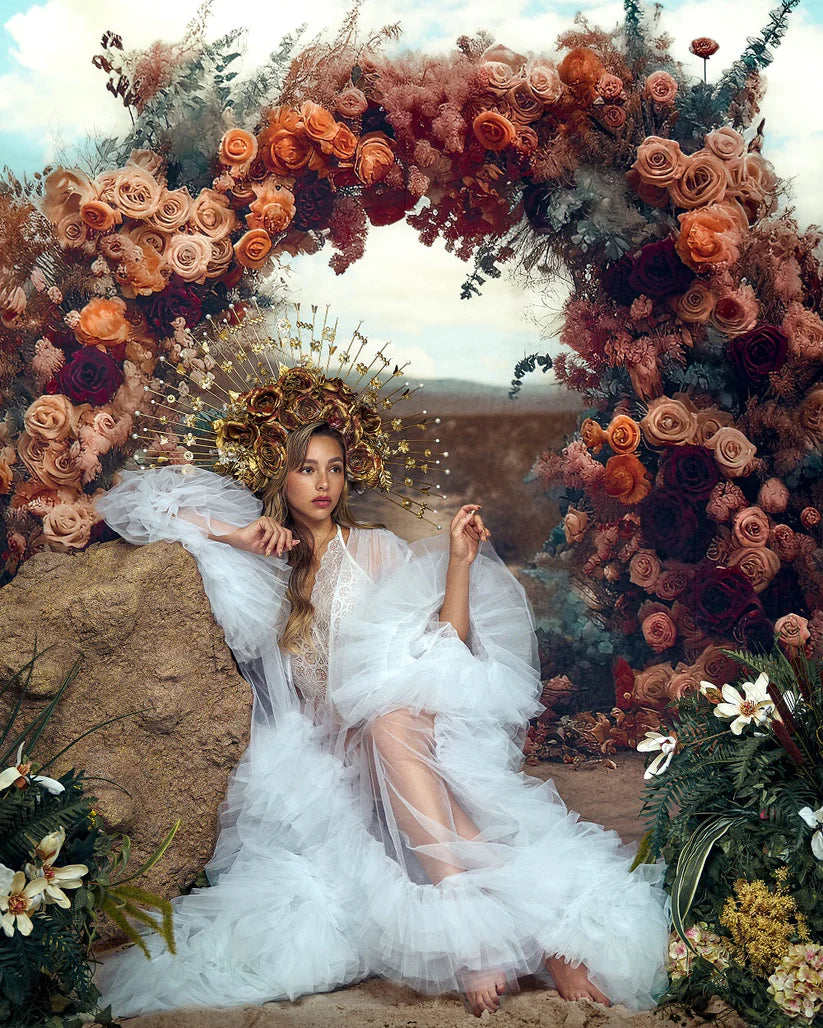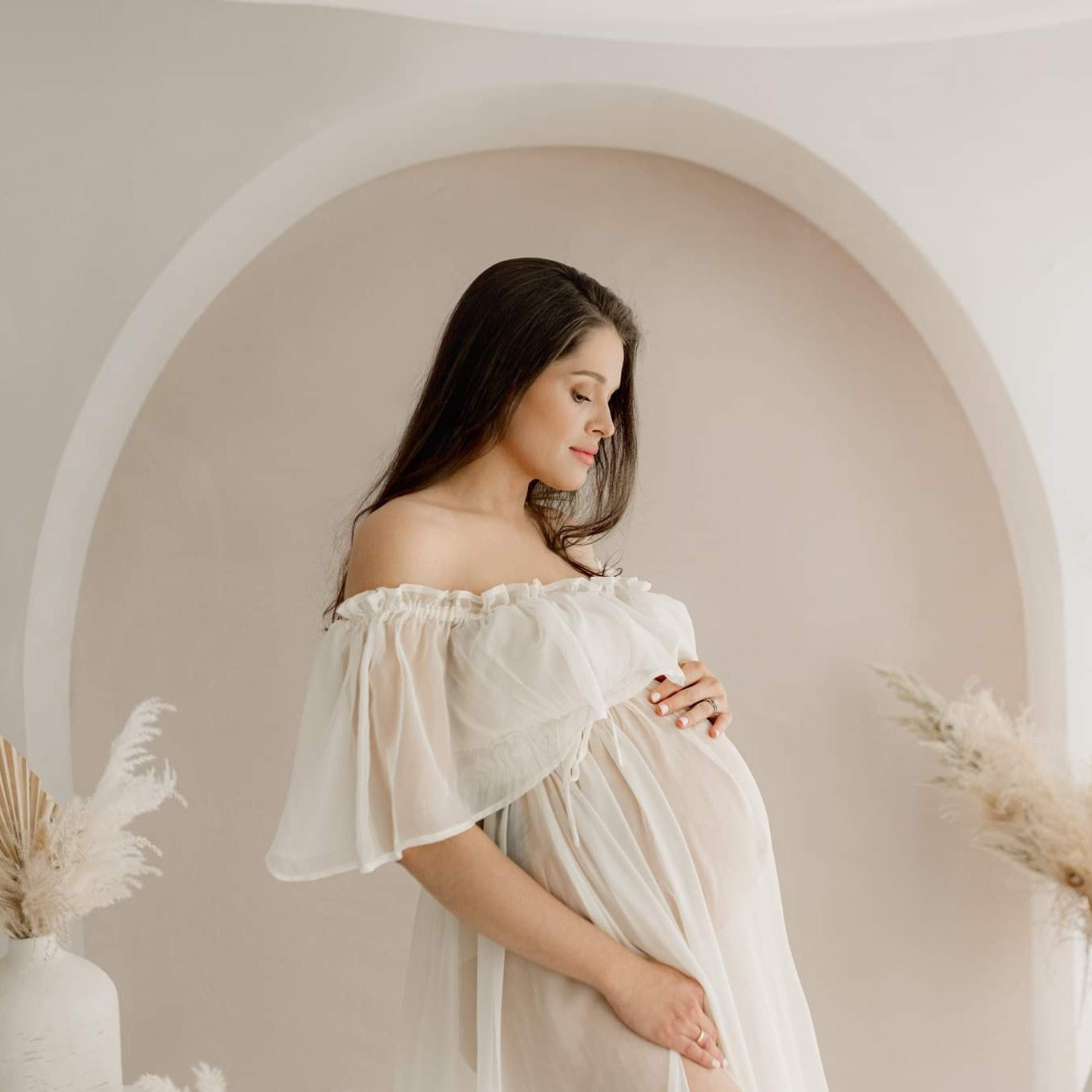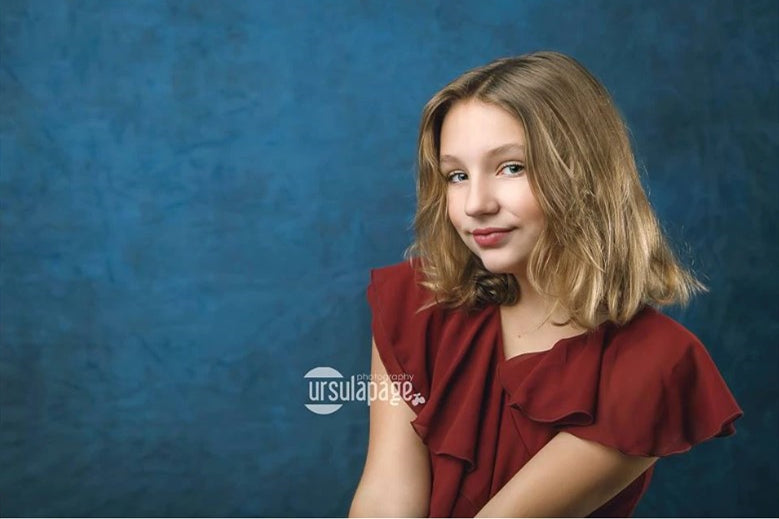The first problem with styling is how much of the portrait subject should be in the picture. The most common shapes are full-body, three-quarters, bust, and close-up. The whole body is not all standing, but it should cover the whole body. Three-quarters of the image contains the head and torso but does not include the part below the thigh. The bust contains the shape of the head and the upper part of the torso. Close-up photos only contain faces and no shoulders. There are no good or bad points in the above types, and different processing methods will get different picture effects.
3/4 portrait: angle of the face
The 3/4 portrait character's face is just above the three-point line in the picture, which allows the viewer's line of sight to focus on the character's expression. It is also a classic composition of portrait photography that can appropriately reflect the posture movements and clothing of the characters.
In general, portrait photography should make the characters as beautiful as possible. A common practice is to shoot from a position that is 45 degrees above the person's eye. The person's body is slightly sideways and the face is facing the lens. The person's face can have multiple angles. It can be at a 45-degree angle to the camera, just like the body. You can also face the camera, facing the camera from the side, or turning your head in the opposite direction, close to your shoulders. When the neck and shoulders are turned in different directions, the proximal shoulders will be slightly higher than the distal shoulders, and the characters will look more elegant.
First of all, pay attention to the shooting position. If the whole body sitting position should be flush with the eyes of the person being photographed, of course, you can also choose the method of overshooting, but it should be noted that the top shot should not be shot as much as possible, and the head and legs will be short.
If the chair is included in the picture, you need to confirm that the color, shape, etc. of the chair are in line with the photo. When shooting, you can put the arm of the object in different positions to see which effect is best. For example, it can be placed on the knees, on the armrests of the chair, or near the face.
The posture you want to shoot is natural, and the movement of your hand is critical. The low hand will feel unnatural. The trick here is to let at least one hand do something.
Double Portrait: posing posture shows the relationship
The main point of the double posture is to highlight the relationship between the two so that the two people's movements have a certain relationship. The family portrait often shows the close relationship between the brothers and sisters, the mother and the son, and the like. In the posture, it is necessary to reflect this intimacy and warm feeling. Hands and arms are important expressions. The shape of the hand determines whether there is a connection between the characters, and the gesture also expresses the emotional communication. For example, two people embrace each other, older embrace the younger, and the younger ones also have interaction with the older. If the height difference between the two is not very large, the head is also as close as possible. In short, it is to let the two sides touch and interact with each other, avoiding the posture of each station, each sitting and being rigid.

 Custom Printed Fabric Backdrops
Custom Printed Fabric Backdrops Custom Rubber Floor Mats
Custom Rubber Floor Mats Custom Collapsible Backdrops(double-sided)
Custom Collapsible Backdrops(double-sided) Custom Hand Painted Canvas Backdrops
Custom Hand Painted Canvas Backdrops Custom Rubber Round Coaster
Custom Rubber Round Coaster Custom Vinyl Backdrops
Custom Vinyl Backdrops Custom Fleece Backdrops
Custom Fleece Backdrops Pink
Pink











